
Simon the Sorcerer is a 1993 point-and-click adventure game developed and published by Adventure Soft, for Amiga and MS-DOS. The game's story focuses on a boy named Simon who is transported into a parallel universe of magic and monsters, where he embarks on a mission to become a wizard and rescue another from an evil sorcerer. The game's setting was inspired by the novels of the Discworld series, and incorporates parodies on fantasy novels and fairy tales, such as The Lord of the Rings and Jack and the Beanstalk. The lead character's design was inspired by that of the fictional British television character Blackadder, with the character voiced by Chris Barrie in the CD re-release.
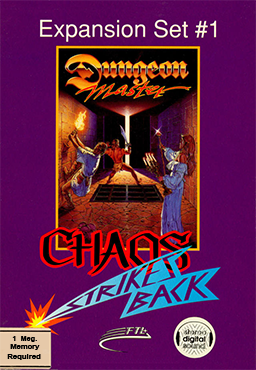
Chaos Strikes Back is an expansion and sequel to Dungeon Master, the earlier 3D role-playing video game. Chaos Strikes Back was released in 1989 and is also available on several platforms. It uses the same engine as Dungeon Master, with new graphics and a new, far more challenging, dungeon.

Klax is a puzzle video game released in arcades in 1990 by Atari Games while Namco distributed the game in Japanese markets. It was designed and animated by Mark Stephen Pierce with the software engineering done by Dave Akers. The object is to catch colored blocks tumbling down a machine and arrange them in colored rows and patterns to make them disappear. Klax was originally published as a coin-op follow-up to Tetris, about which Atari Games was in a legal dispute at the time.

Conquests of Camelot: The Search for the Grail is a graphic adventure game released in 1990 by Sierra On-Line. It was the first game in the Conquests series designed by Christy Marx and her husband Peter Ledger. The only other game in the series was 1991's Conquests of the Longbow: The Legend of Robin Hood. Marx did the majority of the design work while Ledger created the game and package art.

Gods is a platform game by The Bitmap Brothers released for the Amiga and Atari ST in 1991. The player is cast as Hercules in his quest to achieve immortality. It was ported to the Acorn Archimedes, Genesis/Mega Drive, PC98, Super Nintendo Entertainment System, and Atari Jaguar.

Shoot-'Em-Up Construction Kit is a game creation system for the Commodore 64, Amiga and Atari ST created by Sensible Software and published by Outlaw in 1987. It allows the user to make simple shoot 'em ups by drawing sprites and backgrounds and editing attack patterns. The advertising promoted the Kit with the phrase "By the programmers of Wizball and Parallax".

Curse of Enchantia is a graphic adventure game developed and released by the British video game company Core Design for MS-DOS and the Amiga in 1992. The game tells the comic fantasy story of Brad, a teenage boy from modern Earth who was magically abducted to the world of Enchantia by an evil witch-queen. He needs to escape and find a way back to his own dimension.

The Immortal is an isometric action-adventure game originally created by Will Harvey and released by Electronic Arts in 1990 for the Apple IIGS. It was soon ported to the Amiga, Atari ST, DOS, Nintendo Entertainment System, and Genesis. A wizard is attempting to find his mentor in a large and dangerous labyrinth. It has a high degree of graphic violence. In 2020, the NES port was re-released on the Nintendo Switch Online service, while the Genesis port was re-released on the Piko Collection Collection 1 cartridge for the Evercade.
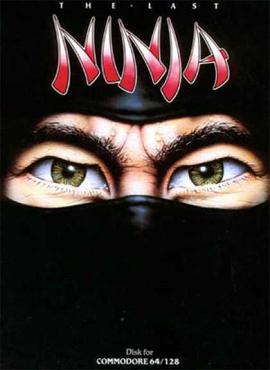
The Last Ninja is an action-adventure game developed and published by System 3 in 1987 for the Commodore 64. It was converted to the Apple IIGS, MS-DOS, BBC Micro and Acorn Electron in 1988, the Apple II in 1989, the Amiga and Atari ST in 1990, and the Acorn Archimedes in 1991.

Maupiti Island is a point-and-click adventure game developed and published by Lankhor. It was released in 1990 and it's the sequel to Mortville Manor. The player controls Jérôme Lange, a detective who attempting to solve a crime by interacting with various characters and collecting clues while further events unveil a complex plot.

Valhalla: Before the War is an adventure game developed and published by Vulcan Software for the Amiga in 1995. It is a prequel to the game Valhalla and the Lord of Infinity. The game is known for the in game speech and is the second ever Amiga speech adventure. Vulcan Software has later reproduced the games with updated graphics and audio, available for free download in episodic format for the PC Windows.
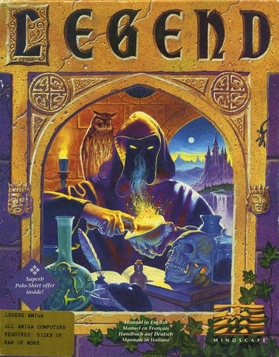
Legend, also known as The Four Crystals of Trazere in the United States, is an isometric fantasy role-playing game released in 1992 for the Amiga, Atari ST, and DOS. It was developed by Pete James and Anthony Taglione for the then UK-based Mindscape, and published by The Software Toolworks. In the game, the player controls four adventurers on a quest to save the land of Trazere from an ancient, re-awakening evil. In 1993, Mindscape released a sequel, Worlds of Legend: Son of the Empire. The copyrights for both "Legend" and "Worlds of Legend" are currently owned by Ubisoft, who bought them from Mattel Interactive with the rest of the Mindscape library in 2001.
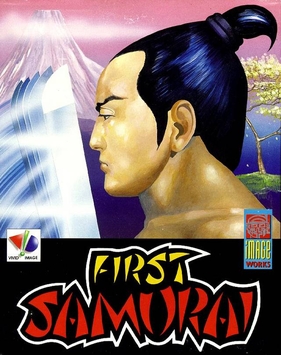
First Samurai, alternatively titled The First Samurai, is a 1991 beat 'em up platform game developed by Vivid Image and published by Image Works. The First Samurai was originally released in September 1991 for the Amiga and Atari ST, and was later ported to the Commodore 64, MS-DOS and the Super Nintendo Entertainment System. It was followed by a sequel, Second Samurai, in 1994. In 2011, a port was released for iOS.
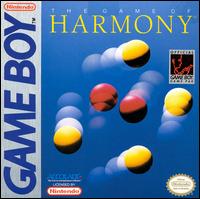
E-Motion is a 1990 puzzle video game developed by The Assembly Line. It was available for Amiga, Amstrad CPC, Atari ST, Commodore 64, MS-DOS, ZX Spectrum, and Game Boy. The Spectrum and Game Boy versions were developed by The Code Monkeys.

Encounter! is a first person shoot 'em up video game released in 1983 for Atari 8-bit computers and Commodore 64 programmed by Paul Woakes for Novagen Software. It was published by Novagen in the UK and Europe and by Synapse Software in North America. The gameplay is similar to that of Atari, Inc.'s 1980 arcade game Battlezone, but with large, sometimes screen-filling, scaled bitmaps instead of wireframe models.

Cloud Kingdoms is a puzzle game published by Millennium Interactive for the Amiga, Atari ST, Commodore 64, and MS-DOS in 1990. The player controls Terry, a green bouncing sphere, on a quest to recover his magic crystals that have been stolen by Baron von Bonsai. To do so, he must travel through the eponymous Cloud Kingdoms, avoiding enemies and hazards while collecting all of the crystals within the game's time limit. The game was developed by Dene Carter at Logotron, with sounds and music composed by David Whittaker.
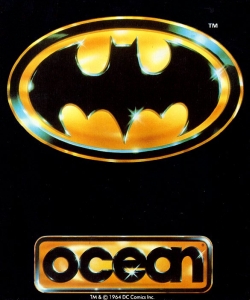
Batman is an action video game developed and published by Ocean Software based on the 1989 film of the same name. It was released on 11 September 1989 for the Commodore 64 and ZX Spectrum with Amiga, Amstrad CPC, Atari ST, MS-DOS and MSX versions following soon after.

The Adventures of Quik & Silva is a platform video game originally released on 10 May 1991, in the United Kingdom for the Amiga and Atari ST. The game was developed by Kaiko, pseudonymously as "New Bits on the RAM", and was first published as a covermount disk in Amiga Fun magazine. The game was made available in 1992 as public-domain software, with the Amiga version reviewed in issue 18 of Amiga Power.
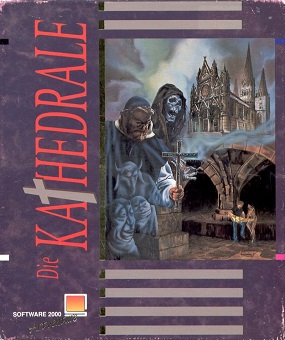
Die Kathedrale is a 1991 German text adventure game developed by Weltenschmiede and published by Software 2000 for the Amiga and DOS. Die Kathedrale is part of a text adventure trilogy; it is preceded by Das Stundenglas (1990) and succeeded by Hexuma (1992). The trilogy lacks an overarching plot, and in each entry the setting, role of the protagonist, and goal differ between each game. Games in the trilogy do not require knowledge of the other entries and may be played as standalone games.

Sex Olympics, alternatively titled Brad Stallion in Sex Olympics is an erotic point-and-click adventure game developed and self-published by Free Spirit Software, and released for DOS, Atari ST, and Amiga. The Amiga version of Sex Olympics was released in Europe in April 1991. Sex Olympics is the finale of the Brad Stallion series, and is preceded by Sex Vixens from Space (1988), Planet of Lust (1989), and Bride of the Robot (1989). Sex Olympics was panned by reviewers.






















